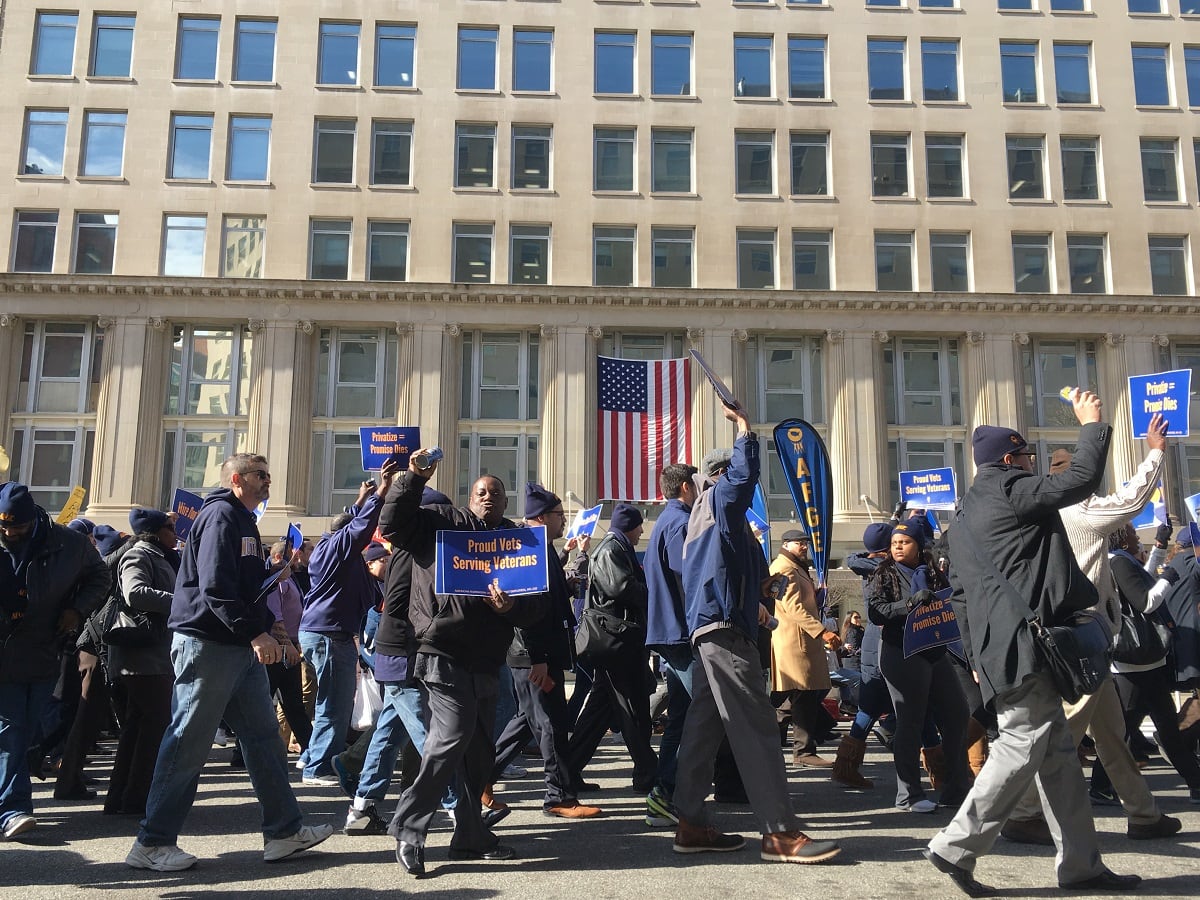When national health and safety emergencies break out, officers from the U.S. Public Health Service Commissioned Corps “run into the fire” to respond, according to the admiral in charge of the agency. Such behavior has been especially true during the COVID-19 pandemic.
In normal times, the corps is deployed to agencies like the Federal Bureau of Prisons and Indian Health Service, among many others, to assist with medical needs. In times of crisis — whether medical emergency or natural disaster — officers are deployed to the hardest-hit zones to provide medical and scientific assistance.
Adm. Brett Giroir, assistant secretary for health at the Department of Health and Human Services, told Federal Times that USPHS officers " run to the fire,” and have been deployed to respond to the COVID outbreak on the Diamond Princess in Japan in February, to bring home sick U.S. citizens from abroad, to help set up community testing sites in hard-hit regions and many other response jobs.
The corps is composed of approximately 6,100 public health officers, of which 4,800 have been deployed, sometimes on grueling assignments.
For an agency that has had employees closely involved in pandemic response, often for long periods of time, the corps has managed to keep employee COVID cases limited and below those of other medical response agencies.
“The first rule of response is, make sure the people you deploy are safe,” said Giroir.
“Like every other segment of American society, we have had officers come down with COVID, but our rates of COVID are at least tenfold less than most healthcare providers, even though we’re right in the middle of it.”
RELATED

USPHS leadership saw the threat that COVID posed early on, according to Giroir, and began extensive training to have 10 strike teams ready to assist hospitals by mid-February. The agency has since made it a priority to have the necessary resources to care for officers when they return.
“We make sure all our officers know about PPE and personal protection, N95 masks, how to gown, etc. These are specific things we take as precautions. On most of our deployments, like in the community-based testing sites, we always deploy a safety officer and a quality assurance officer. Their job is to make sure that our officers are safe,” said Giroir.
“When people come back, it’s often very emotional. You’re dealing with people who often are suffering, are dying, are homeless and have lost family. You’re dealing with emotional trauma, physical trauma working in nursing homes and hospitals that may be overrun. It’s not only physically taxing but we know highly emotionally taxing. We have a corps care program to take care of our officers when they return, to make sure that they get back to a good place, and we consider that incredibly important.”
The USPHS is the only uniformed service that is dedicated solely to public health, though officers are required to hold professional degrees in certain medical or scientific fields and are not armed. Those officers also work closely with civilian feds as part of their regular work.
The USPHS will also soon have a larger pool of officers to draw from, as the Coronavirus Aid, Relief, and Economic Security Act, signed in late March of this year, provided both the authority and funding to establish the Ready Reserve Corps.
“Before the Affordable Care Act, we had a reserve, but it really wasn’t ‘ready.’ It was really more of a list of people on an Excel spreadsheet. The Affordable Care Act tried to make a Ready Reserve, but because they had some drafting errors, they created a Ready Reserve with no authority to pay them, equip them, train them. Now we have everything,” said Giroir.
Those extra officers are sorely needed, as USPHS deployments have been increasing by about 40 percent each year under normal circumstances, with COVID response accounting for three to four normal years’ worth of deployments in a few months.
For example, in ten months of Ebola response in 2014, the corps deployed 200 officers to staff the Monrovia Medical Unit to treat infected healthcare workers. USPHS deployed over 2,000 officers to respond to hurricanes Katrina, Rita and Wilma in 2005. Coronavirus response has more than doubled that record-breaking deployment.
“It also allows us to recruit people that we can’t support under day-to-day operations. For example, we do a lot of things but it would be very hard for us to support a critical care air transport. This would be an opportunity to have reservists, who are specialized in critical care air transport that could come in if we needed that, particularly if there was an overseas disaster,” said Giroir.
USPHS plans to begin accepting applications for the Ready Reserve in the fall of this year, with the first officer commissions beginning in spring of 2021. In the meantime, Giroir says that the corps will be surging their efforts in nursing homes, testing sites along the Gulf Coast and vaccine trials.
The Commissioned Corps has also been celebrating its sort-of birthday, as on July 16th, 1798 the “Act for the Relief of Sick and Disabled Seamen” was signed to establish the Marine Hospital Fund, the predecessor for today’s USPHS Commissioned Corps.
Jessie Bur covers federal IT and management.





